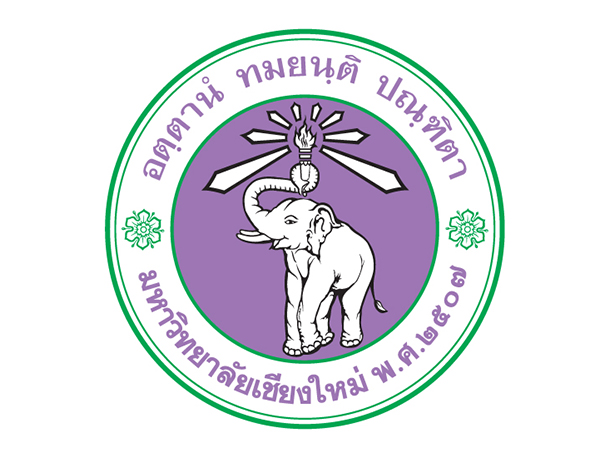Chiang Mai University has established a robust water management policy (2023) that comprehensively addresses sustainable water and sanitation practices aligned with global sustainability standards. The policy demonstrates the university’s commitment to responsible water resource management through integrated approaches to treatment, conservation, and community engagement.
Wastewater Quality Standards
Section 4 of the policy establishes precise standards for discharged water quality: “Wastewater discharged from university buildings must meet specific parameters including BOD not exceeding 20 mg/L, suspended solids below 30 mg/L, and pH between 5-9.” This mandates all university departments to conduct regular water quality analysis.
Environmental Pollution Prevention
Section 5(2) explicitly addresses pollution prevention through chemical management: “Reducing or avoiding chemical use, fertilizers, and pesticides to prevent chemicals from flowing into university canals and waterways.” Section 5(4) further prohibits departments from “discharging wastewater into surface water sources within the university,” enforcing this through penalties for polluters.
Water Usage Monitoring
Section 6(1) implements water monitoring through conservation targets: “Set annual water conservation goals and communicate them to all personnel and students.” This tracking system is reinforced by Section 6(4) which requires “regular pipe inspections, with immediate repairs when leaks are detected,” ensuring efficient water resource management.
Sustainable Equipment Adoption
Section 6(3) mandates sustainable procurement: “Specify that all departments must use high-efficiency water equipment and purchase water-saving products or goods with environmental conservation and water conservation policies.” This approach institutionalizes water efficiency across campus operations.
Through these comprehensive measures, Chiang Mai University demonstrates exemplary commitment to sustainable water management practices, effectively promoting environmental stewardship while ensuring water security for future generations through Section 6(5): “Establish water usage measures based on necessity to prepare for crisis situations and droughts that may occur in the near future.



Source

